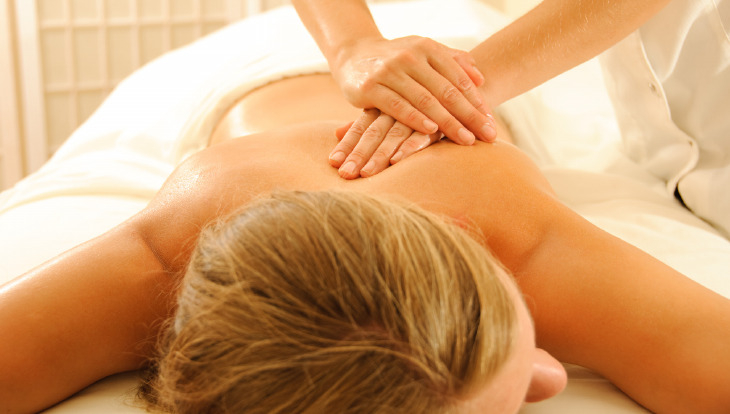Sports massage uses a variety of pressure (often deeper, more intense and focused than in conventional massage) to speed up an athlete's recovery time, help with muscle soreness and injury prevention.
Many athletes believe that a complete training programme should include not just the exercise itself, but also regular massage.
Because each sport uses the muscle groups in different ways, a qualified sports massage therapist or physio will have a sound knowledge of the muscular and skeletal systems, and tailor the treatment for each individual athlete. Sports massage is often supplemented by other massage therapy styles, including Swedish massage, deep tissue massage, trigger point (myotherapy), shiatsu, acupressure, compression, cross-fibre and lymphatic massage.
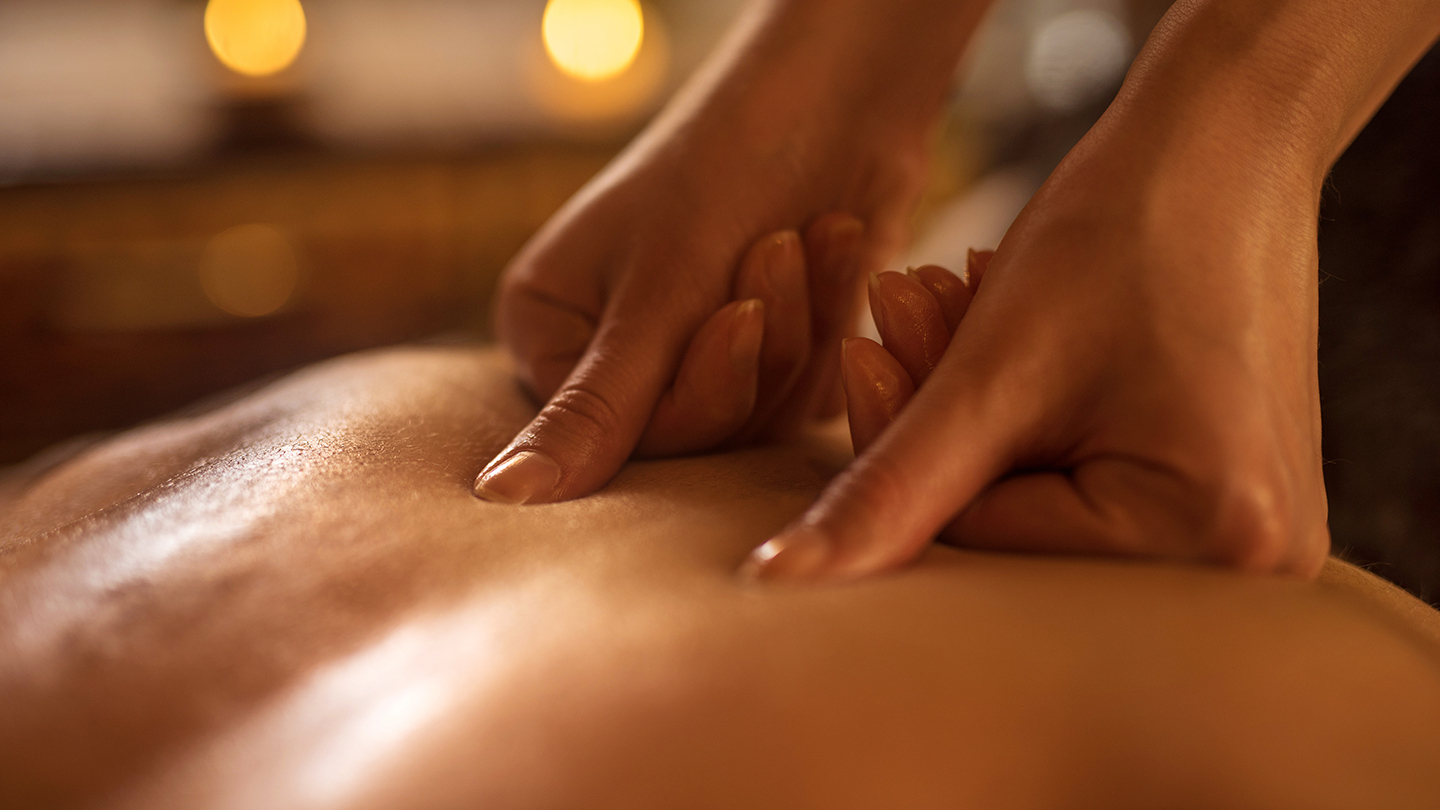
A sports massage has many benefits for an athlete, or anyone doing regular exercise. It can:
Sports massage therapy can also read the body to see if there are any areas where the soft tissue or muscle is weaker, and help strengthen it to prevent it from breaking down.
Some people even believe that sports massage can provide that extra 'edge' to competitive athletes, getting the body into shape faster and reducing recovery time after heavy workouts.
Although sports massage is aimed at people who regularly push their bodies through strenuous exercise, it can benefit the everyday-Kay too. If you're running around with small children all the time, or you have a physically demanding job, a regular sports massage may help you. Sports massage is often prescribed by doctors to treat back or muscle-strain or as part of a rehabilitation programme for people who've had an injury.
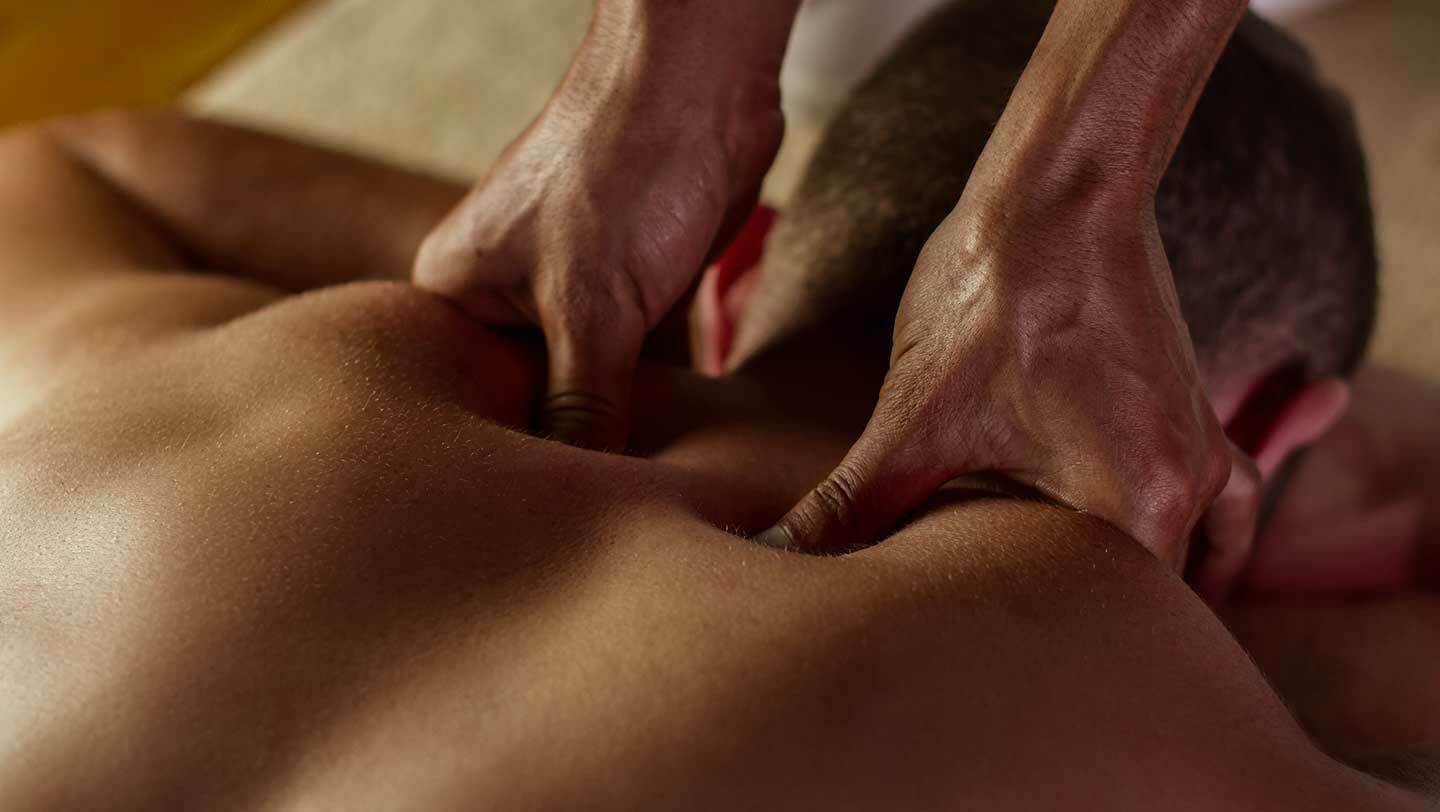
Sports massage is not designed to relax and pamper you - its purpose is to speed up your recovery time from exercise and help to prevent future injuries. However, sports massage can leave you feeling a little tired or sore, so plan to go easy on yourself for a while afterwards.
It's not a good idea to eat a heavy meal or drink alcohol in the hours leading up to your massage.
There are various things to watch out for before you have a sports massage. It is not recommended if you have:
It might not be suitable for someone with diabetes so you need to speak to the therapist before you start if you are concerned. You must tell your therapist if you are - or think you might be - pregnant. Sports massage may also not be suitable for people with acute or long-term mental health problems.
Sports therapists are trained to recognise when and whether a massage will do their client more harm than good. If such a situation arises, you will be referred on to another health professional.

The strokes used in sports massage are almost always directed towards the heart, a technique designed to increase blood and lymph flow. But you may find that your therapist sometimes massages you with shorter strokes in the opposite direction - this is designed to stretch your muscle fibres.
Your massage will begin with a variety of stroking movements ('effleurage') usually carried out with the whole palm of the hand and the fingers. This helps you become accustomed to your therapist's touch, warm your body's tissues and increase your blood flow. It will also help the therapist to identify any tender areas at the outset, so less pressure can be applied later on.
They will then use a massage technique called 'petrissage' - kneading designed to work on deeper tissues, to mobilise fluids, stretch muscle fibres and aid relaxation.
After this comes the 'frictions' technique - aimed at breaking down lesions and even scar tissue, and separating muscle fibres. Frictions might feel uncomfortable or even slightly painful, so don't be afraid to tell your therapist to go more gently on particular areas.
A sports masseur will use a variety of massage techniques depending on what you need.
A regular appointment with a sports massage therapist is a great idea if you're always pushing your body with physical activity. How long you should go between treatments depends on the frequency and intensity of your training sessions - have an initial consultation with a qualified sports therapist if you're unsure. But don't leave it too long between massages, otherwise progress will be very slow.
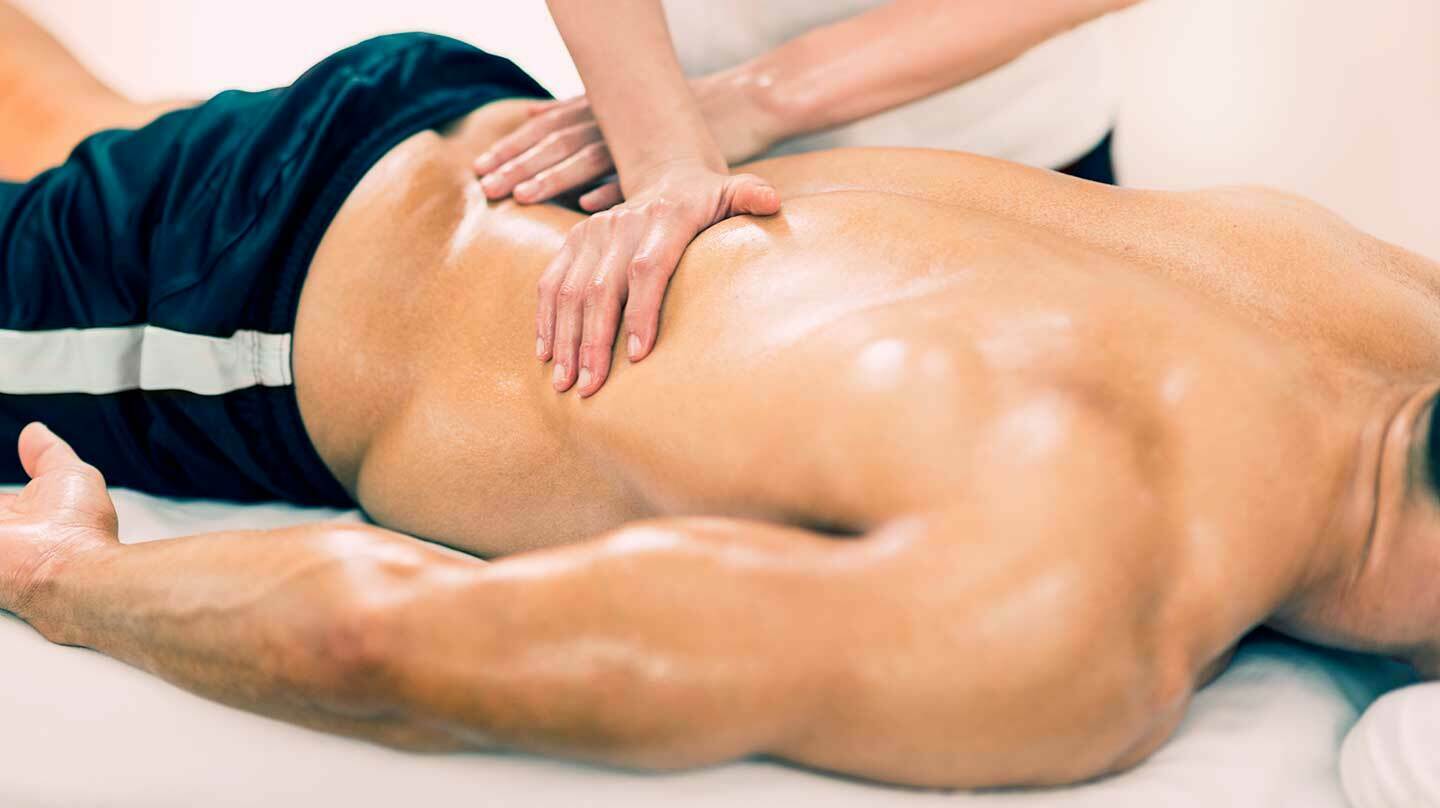
You may feel a bit sore, tired or achy after a sports massage, so give yourself plenty of time to lie down or have a shower before you dash off anywhere.
Massage can have a dehydrating effect on the body, but you can combat this by drinking plenty of water before and afterwards.
The various types of sports massage are tailored to specific injuries or types of exercise. You might also have a different kind of treatment before, during or after exercise or injury. The different kinds include:
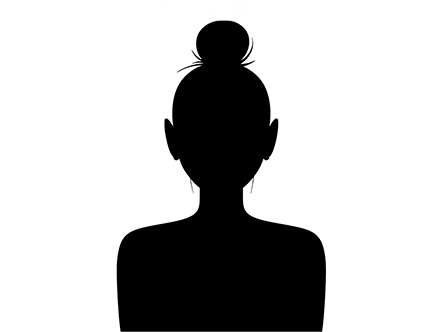
Shy Spy
6th May 2014
Spy Likes:
Instant results; jasmine and frangipani scents; hot steam rooms; a good selection of magazines; modernist decor.
Spy Dislikes:
Whale noises (on CD, not in the pool hopefully); hard massage beds; tiny toilet cubicles; being spoken to like a child; lukewarm pools.
